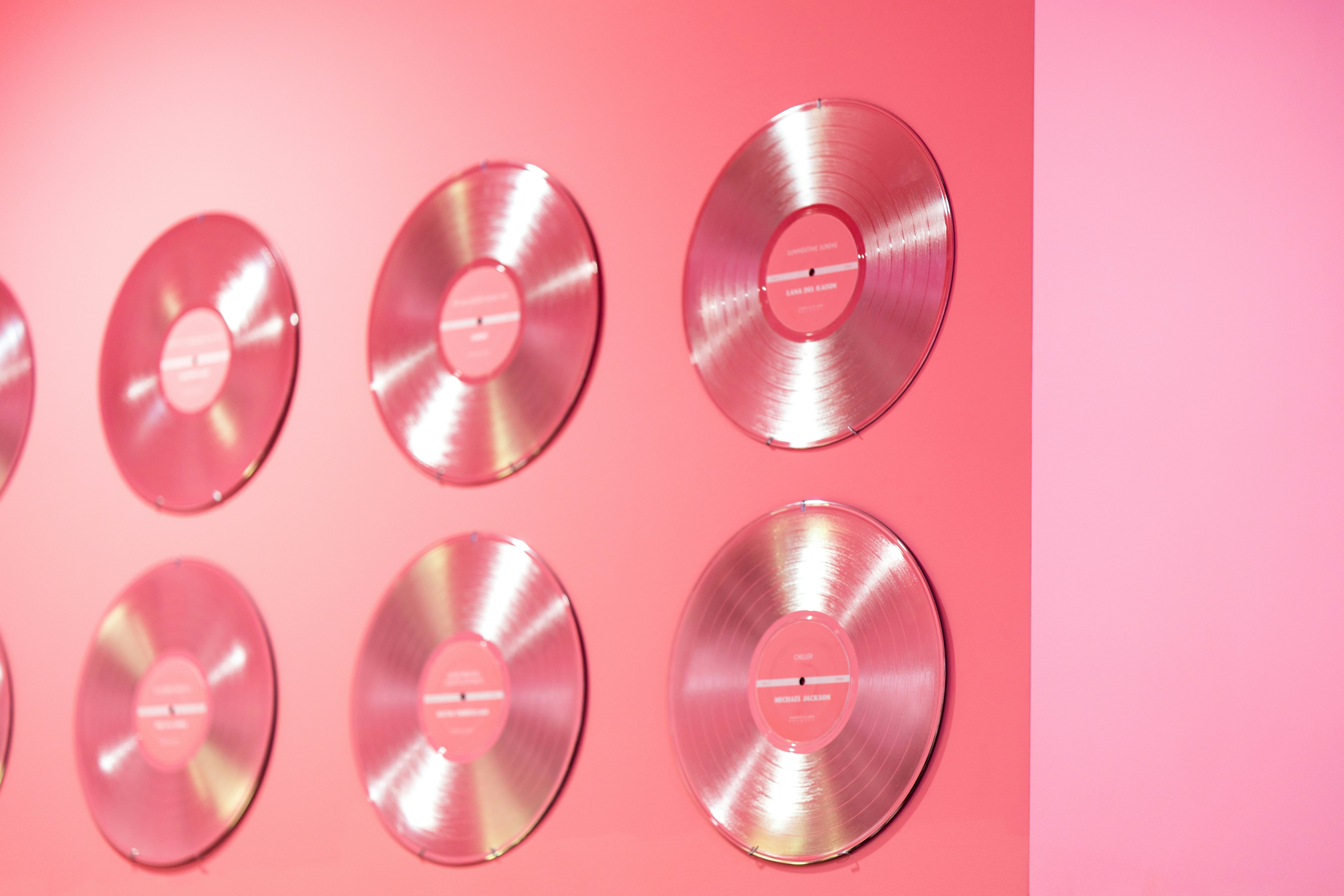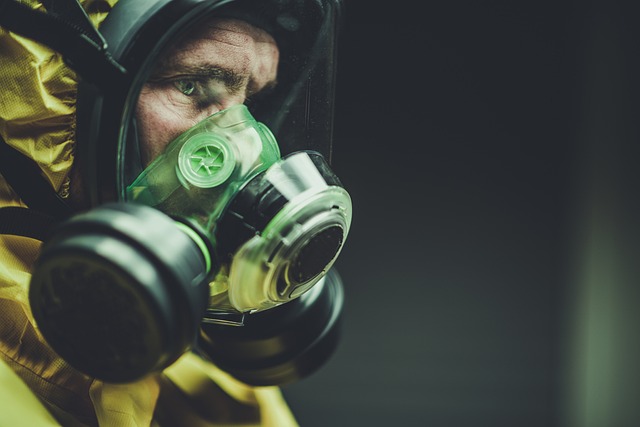Rhinoplasty Surgery in the United States: A Closer Look
Rhinoplasty, commonly known as a "nose job," is a surgical procedure that reshapes or reconstructs the nose. In the United States, this popular cosmetic surgery has evolved significantly over the years, offering patients a wide range of options to enhance both the appearance and function of their noses. As more Americans consider rhinoplasty, it's essential to understand the procedure, its benefits, and important considerations before making a decision.

What are the common reasons for seeking rhinoplasty?
Rhinoplasty is sought after for various reasons, both cosmetic and medical. Many patients desire to change the size or shape of their nose to improve facial harmony and boost self-confidence. Common aesthetic goals include reducing a prominent bump on the bridge, refining the nasal tip, or adjusting the overall size of the nose in proportion to other facial features.
However, rhinoplasty isn’t just about aesthetics. Many individuals undergo the procedure to correct breathing difficulties caused by structural abnormalities, such as a deviated septum or nasal valve collapse. In some cases, rhinoplasty may be performed to repair nasal injuries or birth defects, combining functional improvements with cosmetic enhancements.
How do I choose the right rhinoplasty surgeon in the US?
Selecting the right surgeon is crucial for a successful rhinoplasty outcome. In the United States, patients have access to some of the world’s most skilled and experienced plastic surgeons specializing in rhinoplasty. When choosing a surgeon, consider the following factors:
-
Board Certification: Look for surgeons certified by the American Board of Plastic Surgery or the American Board of Facial Plastic and Reconstructive Surgery.
-
Experience: Seek surgeons with extensive experience specifically in rhinoplasty procedures.
-
Before and After Photos: Review the surgeon’s portfolio to ensure their aesthetic aligns with your goals.
-
Patient Reviews: Read testimonials and reviews from previous patients to gauge satisfaction levels.
-
Consultation: Schedule consultations with multiple surgeons to discuss your goals and assess their approach and communication style.
-
Technology: Inquire about the latest techniques and technologies the surgeon employs, such as 3D imaging for surgical planning.
What are the benefits of undergoing rhinoplasty in the United States?
Choosing to have rhinoplasty performed in the United States offers several advantages:
-
Advanced Medical Infrastructure: US hospitals and surgical centers are equipped with state-of-the-art technology and adhere to strict safety standards.
-
Highly Skilled Surgeons: American plastic surgeons undergo rigorous training and often specialize in specific procedures like rhinoplasty.
-
Innovative Techniques: US surgeons are often at the forefront of developing and implementing new, less invasive rhinoplasty techniques.
-
Comprehensive Care: Patients receive thorough pre-operative assessments, detailed post-operative instructions, and follow-up care.
-
Regulatory Oversight: The US healthcare system is heavily regulated, ensuring high standards of patient care and safety.
-
Language and Cultural Familiarity: For US residents, undergoing surgery in their home country eliminates potential language barriers and cultural misunderstandings.
What are the different rhinoplasty techniques available?
Rhinoplasty techniques have evolved significantly, offering patients more options tailored to their specific needs:
-
Open Rhinoplasty: Involves a small incision on the columella (tissue between nostrils), providing greater access and visibility for complex cases.
-
Closed Rhinoplasty: All incisions are made inside the nose, resulting in no visible external scarring.
-
Non-Surgical Rhinoplasty: Uses dermal fillers to make minor adjustments to the nose’s shape without surgery.
-
Preservation Rhinoplasty: A newer technique that focuses on preserving the nose’s natural structure while making refinements.
-
Ethnic Rhinoplasty: Tailored approach that respects and enhances the unique nasal features of different ethnicities.
-
Revision Rhinoplasty: Corrects or improves upon the results of a previous rhinoplasty procedure.
What should I expect during the rhinoplasty recovery process?
Recovery from rhinoplasty is a gradual process that requires patience and careful adherence to post-operative instructions. Here’s a general timeline of what to expect:
-
Immediate Post-Op: Patients typically go home the same day, wearing a nasal splint and experiencing some discomfort and swelling.
-
First Week: The splint is removed, and most patients can return to light activities. Bruising and swelling are still present.
-
Weeks 2-3: Most visible bruising subsides, and patients can usually return to work or school.
-
Months 1-3: The majority of swelling resolves, and the new nasal shape becomes more apparent.
-
Up to 1 Year: Subtle refinements in the nasal shape continue as residual swelling fully subsides.
What are the average costs of rhinoplasty in the United States?
The cost of rhinoplasty in the United States can vary significantly based on factors such as the surgeon’s expertise, geographic location, and the complexity of the procedure. Here’s a general overview of rhinoplasty costs from reputable providers:
| Provider | Location | Estimated Cost Range |
|---|---|---|
| Mayo Clinic | Various US Locations | $6,000 - $15,000 |
| Cleveland Clinic | Cleveland, OH | $7,000 - $12,000 |
| Johns Hopkins | Baltimore, MD | $8,000 - $15,000 |
| UCLA Medical Center | Los Angeles, CA | $9,000 - $17,000 |
| NYU Langone | New York, NY | $10,000 - $20,000 |
Prices, rates, or cost estimates mentioned in this article are based on the latest available information but may change over time. Independent research is advised before making financial decisions.
It’s important to note that these costs typically include surgeon’s fees, facility fees, and anesthesia. However, they may not cover pre-operative tests, post-operative medications, or potential revision surgeries. Many plastic surgeons offer financing options to help patients manage the cost of the procedure.
Rhinoplasty in the United States offers patients access to world-class surgical expertise, advanced techniques, and comprehensive care. While the procedure can be transformative, it’s crucial to approach it with realistic expectations and a thorough understanding of the process. By carefully selecting a qualified surgeon and following pre- and post-operative instructions, patients can achieve satisfying results that enhance both their appearance and quality of life.
This article is for informational purposes only and should not be considered medical advice. Please consult a qualified healthcare professional for personalized guidance and treatment.




